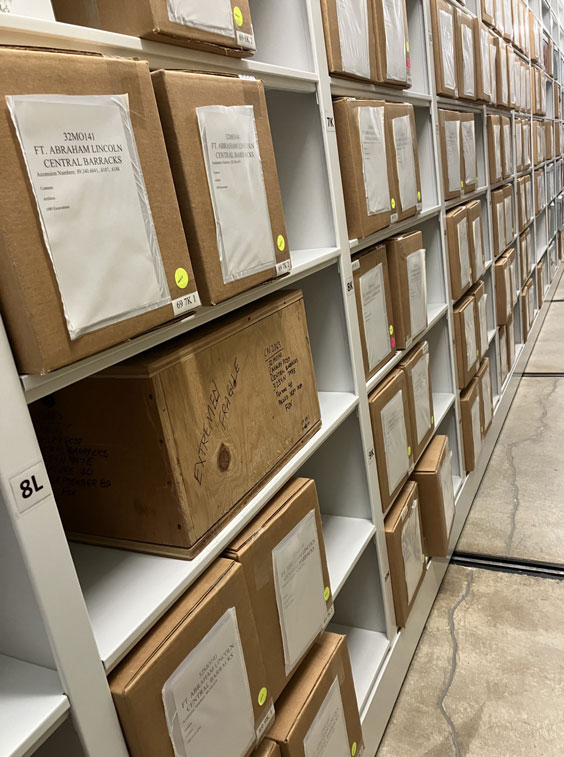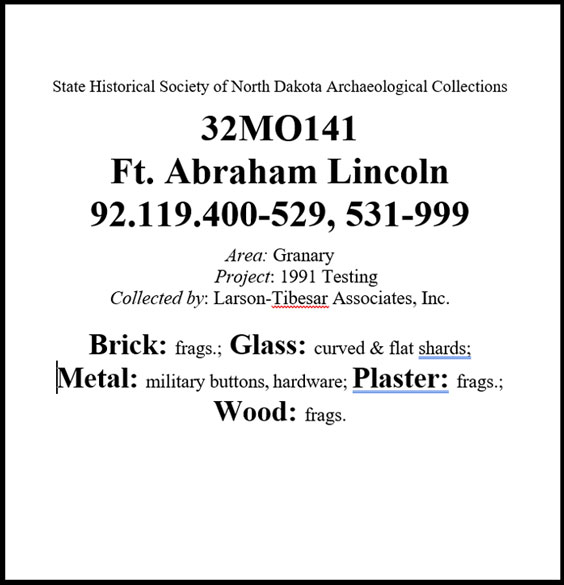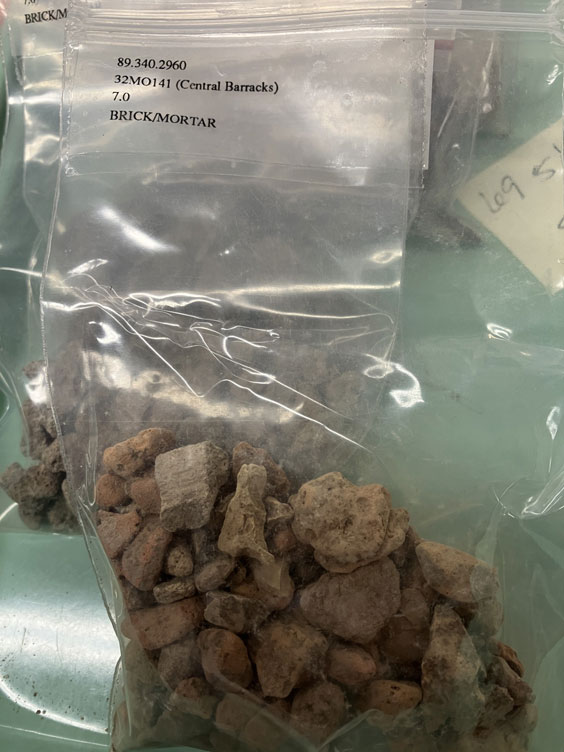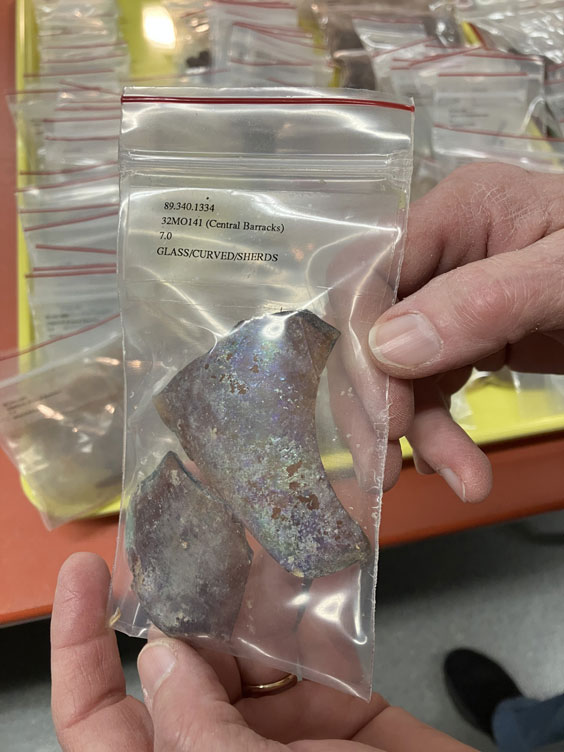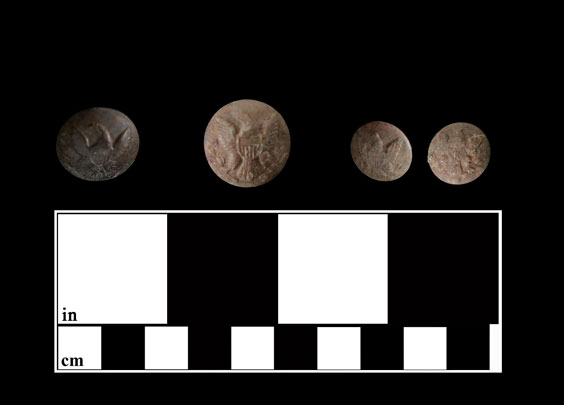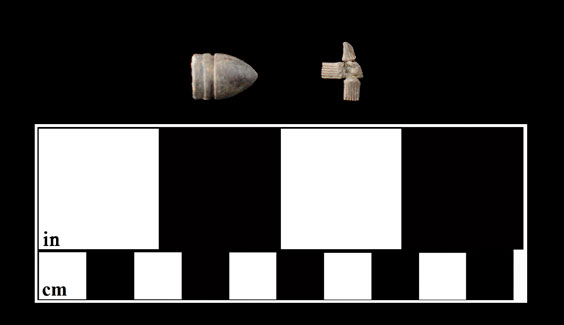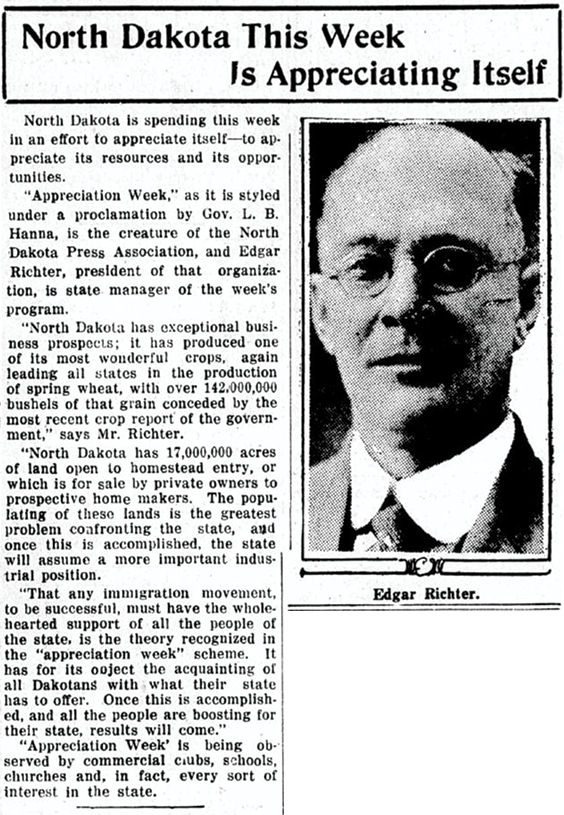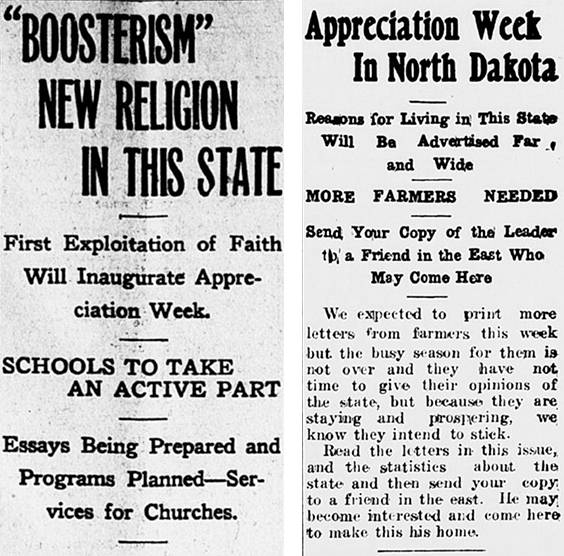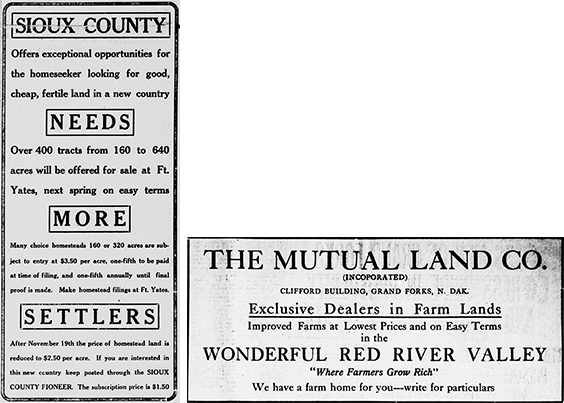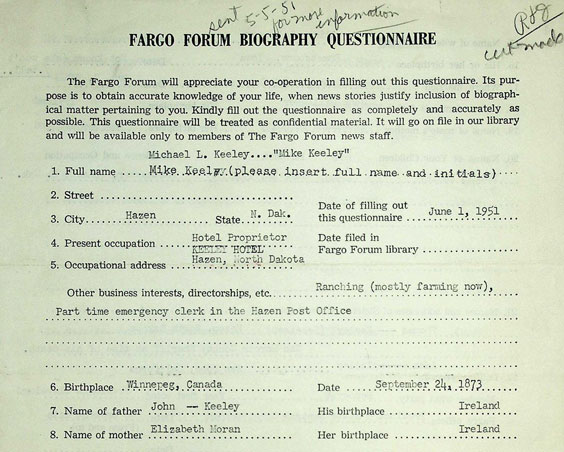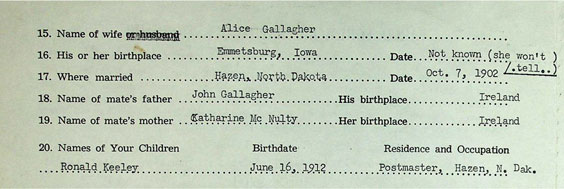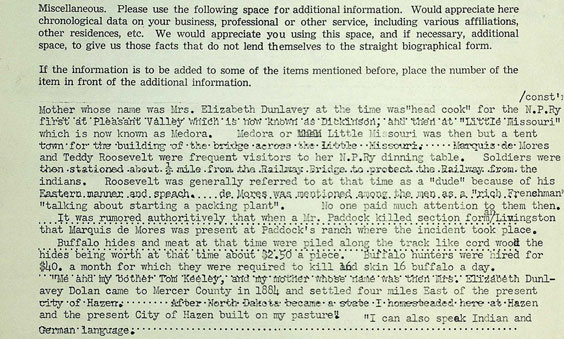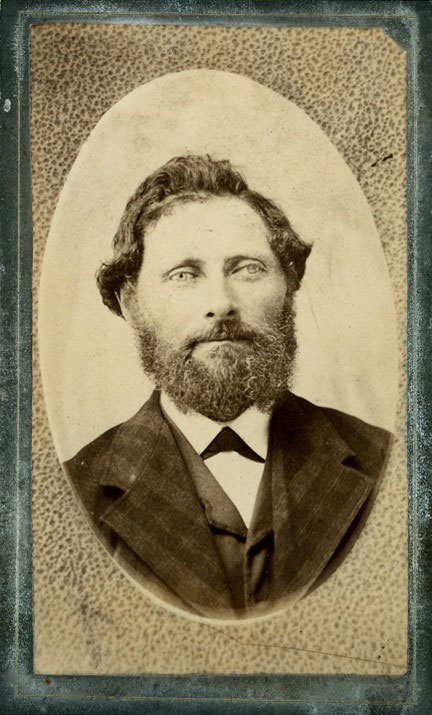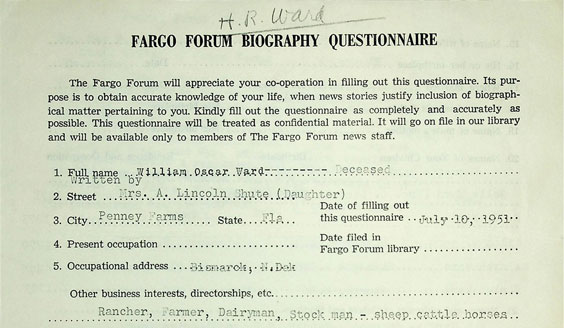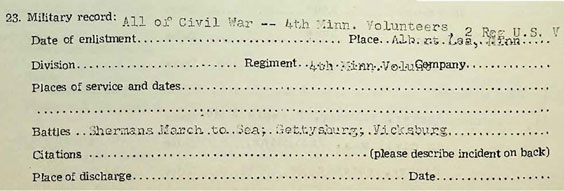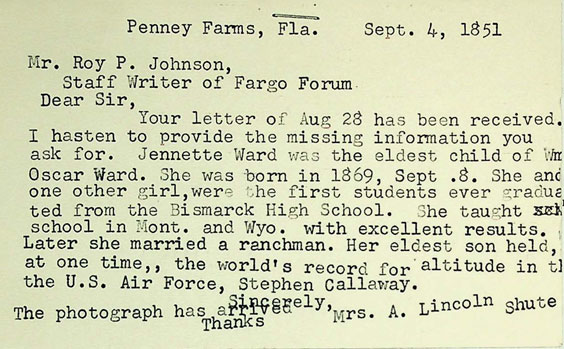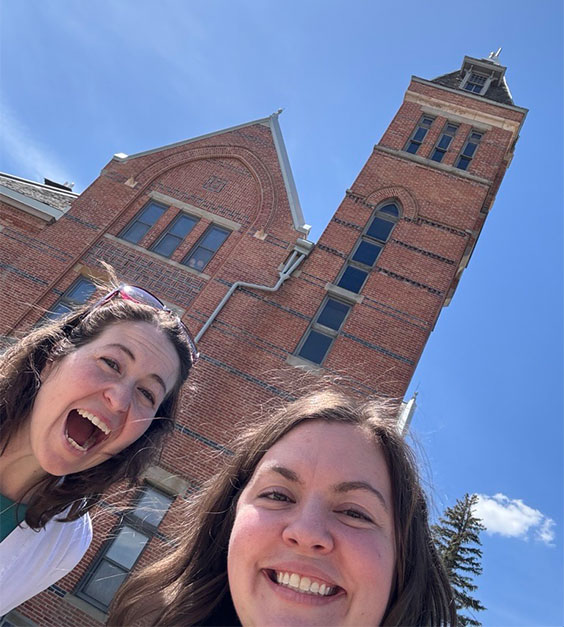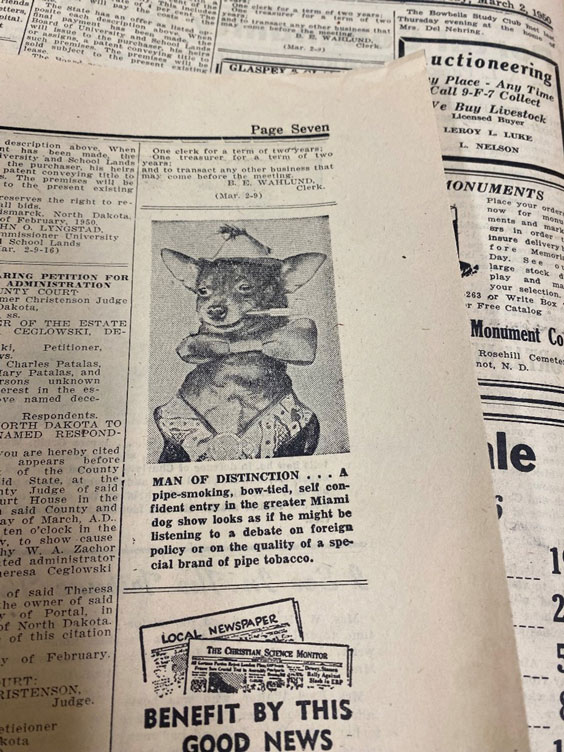Join the State Archives on a Proactive Collecting Journey!
The State Archives recently developed a proactive collecting survey because we want public input on what types of documents we should collect. This feedback tells us what topics or events people are interested in for research, genealogy, teaching, general information, entertainment, enjoyment, and other purposes. With this information, we can better describe and highlight those themes in our existing collections and actively seek representation through new items that document those topics.

Row of existing manuscript collections at the State Archives.
Opening the doors to public input is now the norm across the field of archives, but it hasn’t always been that way. There are many reasons why proactive collecting can be difficult for archives. First, we can only collect what has been created. While we may want documentation of an event, person, or topic, that documentation may simply not exist. On the other hand, since we do not know every single document that has ever been created, we hold onto the hope that important historical records do exist and may someday be found, identified, and donated. At the State Archives, we are continuously surprised about the documents and collections people do have and donate to us; this keeps the hope alive that amazing collections are out there and will continue to trickle in.
There are other reasons why proactive collecting can be challenging. A lot of people are unfamiliar with archives and have no idea that we are here or even that we want more documents. Trust me, if it is about North Dakota or its people, we do! It often takes a generation (or more) for items to be donated because the creators or owners want to regularly use or see the documents. To alleviate any concerns, we try to emphasize that anyone can come into the Reading Room at any time during our open hours to view or use these items. We have reference staff who can help with remote access as well. These services apply to the original owner but also expand access to a broader base of researchers and the public.
People typically think about donating their papers during a major life change or transition, such as downsizing, death, or retirement, which means that documents don’t arrive to the archives until long after their creation date. Since archival material can deteriorate from environmental factors, emergencies, format obsolescence, deletion, etc., that means unfortunately, some historic materials simply don’t live long enough to make it into an archive. Proactively collecting documents into the archives for proper storage and care helps preserve more North Dakota history for future generations.
Sometimes collections do not make it into archives because it can be more lucrative to sell online instead of donating. However, the concept of value is different for archives: For us, a document’s worth is based on its research value and relationship to our collecting scope. Think in terms of intrinsic and historical or informational value versus monetary value. With that being said, we rely on donations of collections because we cannot compete with buyers on the free market.
Valuable contemporary documentation of life is often discarded, deleted, or overlooked because of the misconception that we only want “old stuff.” It is true that we have a lot of “old stuff” in our archives, and this is a primary reason for proactive collecting in the State Archives. Since documentation of modern life in our collection is lacking, we are putting a call out for records of everyday life in North Dakota today (and for the last 50 years). Related to the “old stuff” misconception is that we want everything that is old. Most of us at the archives are history buffs and greatly appreciate historical documents and “old stuff.” However, we remain committed to collecting within our scope, which dictates that items must represent North Dakota or its people to be included in the State Archives’ collections.
While we archivists have a good grasp of what we have in our collections, it is critical to have fresh perspectives on what we should focus on and proactively collect. History is the sum of a myriad of different voices, lives, and identities. With that in mind, we want the collections of the State Archives to represent the broadest possible spectrum of experiences. To achieve this goal, we need that same breadth of thoughtful responses to the question of what we should collect. Please help us to achieve this and grow by filling out this survey and contributing to the proactive collecting conversation.
Lifecycle of a New Collection at the State Archives
1. Materials arrive at the State Archives.

2. Archivists assess and sort the collection.

3. Archivists organize documents into boxes and folders and enter collection information into our database.
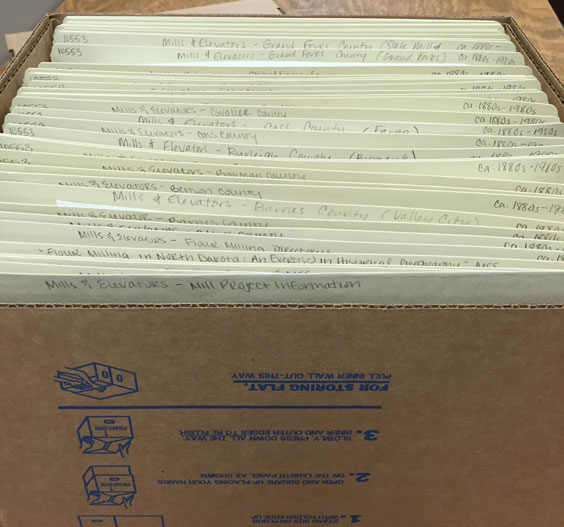
4. Collection lives in temperature- and humidity-controlled storage until it is pulled for use by staff or researchers.
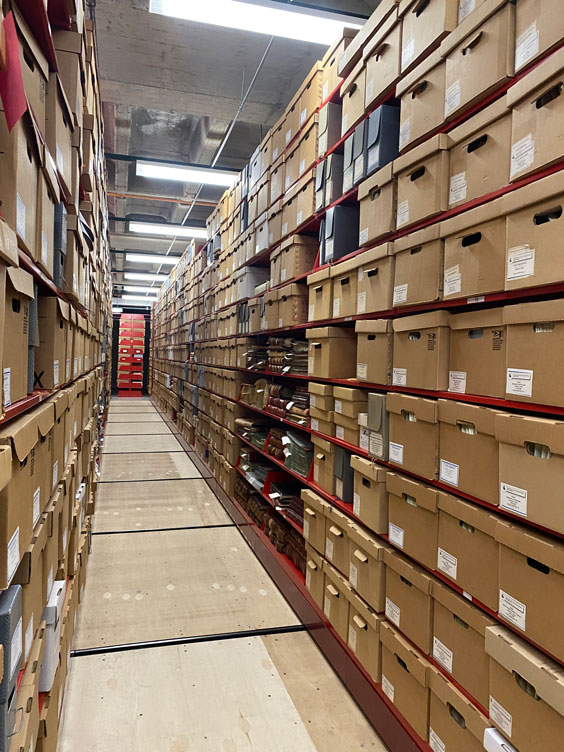
5. On-site researchers can access collections at the State Archives Reading Room. Reference staff are available to assist remote researchers.



